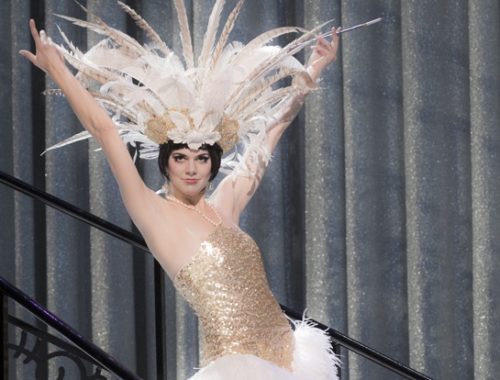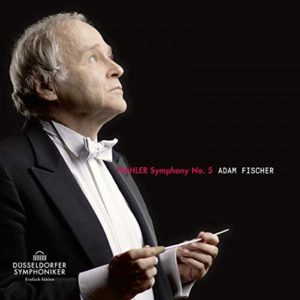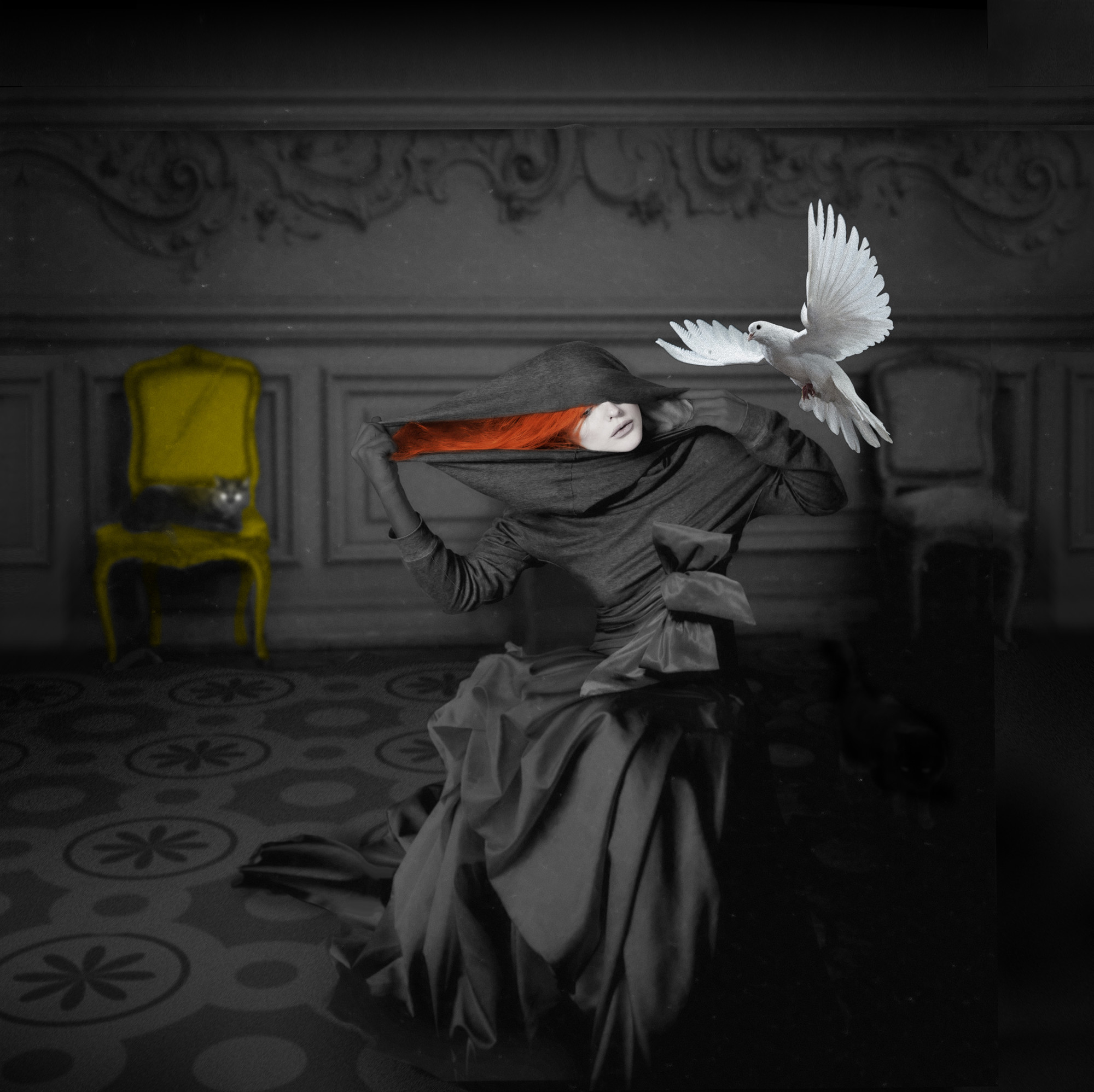GRAMOPHONE Review: Mahler Symphony No. 7 Bayerisches Staatsorchester/Petrenko
 I really thought I knew this work – every facet of it. But Kirill Petrenko has a way of hearing deep into textures and harmonies that is at times really quite startling. He gives us x-ray ears. Truly you don’t need a score in front of you to believe your ears and eyes.
I really thought I knew this work – every facet of it. But Kirill Petrenko has a way of hearing deep into textures and harmonies that is at times really quite startling. He gives us x-ray ears. Truly you don’t need a score in front of you to believe your ears and eyes.
This piece was perhaps the greatest leap Mahler ever made towards the kind of ‘pure music’ that leaned less heavily on high emotion and instead explored an almost hallucinatory range of colours both in terms of texture and harmonic language. More colours, more layers – and that is where Petrenko leaves nothing ‘unturned’. There is a passage from about 7’ 08” in the first movement where arresting pizzicati in the violins (and by arresting I mean that for a moment I wondered if two different passages had been accidentally superimposed) skew the harmony in ways that suggest the Second Viennese School has already arrived.
Dynamics play a big part in this, of course, and Petrenko does more than take Mahler at his word pushing the stridency of his finely honed Bayerisches Staatsorchester woodwinds so that the harmonic anomalies really pop. He’s also mastered the sometimes wilful tempo relationships in the outer movements. It’s hard to get these right in the first movement and some – in search of its atavistic character – grind to a halt at times (Klemperer is almost in reverse gear throughout). So there’s an imperative about Petrenko’s reading which is carried through to his ardent phrasing of the second subject in the fabulous departure to higher regions at the heart of the movement. What a rarefied and exotic passage that is.
You might suppose that the warmth and sophistication of Petrenko’s Bavarians slightly detracts from the primitivism – I always feel a paganism in this piece – but that is countered by Petrenko’s willingness to encourage coarse and even ugly sounds. The scherzo – the dark heart of the piece – is (along with the Sixth Symphony’s equivalent) Mahler’s ultimate homage to ‘things that go bump in the night’, full of convulsive grunting and slithering and a moment where the natural order of things gives way in a snap-pizzicato which is officially the loudest note in the piece. Petrenko sees to it that it is.
There’s another momentary ‘collapse’ in the first of the two Nachtmusiks – a collision of major and minor tonalities that Petrenko almost literally turns into a landslide. Like all such moments this conductor relishes the surprise of it, the newness of it. And if he can make seasoned Mahlerians even for a moment imagine that this is a first-time experience then he’s got my attention. The opening of this movement may sound familiar (a motor oil TV ad hasn’t helped) but the way Petrenko navigates this curious ‘night patrol’ through a constantly shifting landscape is testament to his understanding of Mahler, the Pantheist.
The second Nachtmusik with its guitar and mandolin tinklings – a wistful nocturnal serenade – sounds properly intimate. And this is where the humanity of Petrenko’s reading and the refinement of the playing reminds us that Mahler always left us in no doubt of exactly how felt at any given juncture. The scale may be modest but the blossoming of the big lyric idea in this movement can hardly contain itself and Petrenko lends it lots of heart.
You can’t see for C major in the finale, of course, but where this movement can go horribly wrong is when conductors try to iron out the seemingly chaotic nature of this jubilant dance marathon – Mahler’s ‘apotheosis of the dance’. Again you have to take him at his word: awkward changes of tempo and daring volte-faces are what it is all about. This is a gathering of the Clans and the way Petrenko characterises its multifarious variants – side-shows, if you like, within the whole – is key to his success. It doesn’t sound awkward or incoherent – it sounds joyful, a crazy collage wherein we pull focus on the small details as well as the grand gestures. The final scene of Die Meistersinger is often referenced – and with good reason: all humanity is here. And when that celebratory trumpet theme at the outset undergoes glorious transformation at the close Petrenko could hardly make it more universal.
This is an auspicious first release for the Bayreisches Staatsorchester’s own label and whichever favourite version of the symphony you might have in your collection – be it Bernstein or one of the Fischers, perhaps – Petrenko demands to be heard and attention paid.
You May Also Like

Briefly… Die Fledermaus, English National Opera
01/10/2013
GRAMOPHONE Review: Mahler Symphony No. 5 – Düsseldorfer Symphoniker/Fischer
17/07/2018

